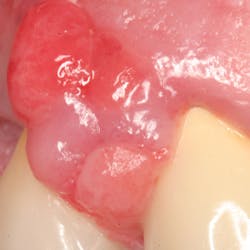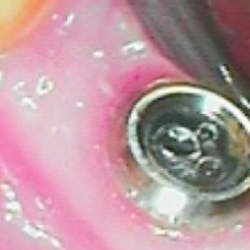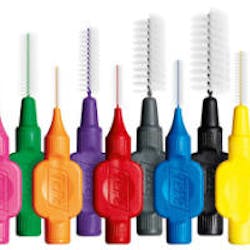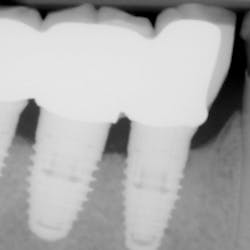By Jamie White, RDH
Following surgical or periodontal procedures, the oral surgeon and dental hygiene team — not to mention the patient — turn their focus to wound healing. During the healing process, we address infection by using antibacterial agents. But healing also depends on controlling inflammation, and in the fight against inflammation, antibacterials are only one weapon in the arsenal. Antioxidants are another important weapon.
Oral inflammation, a concern for wound healing, has also been documented as a factor in an ever-growing list of systemic diseases, including cardiovascular disease, diabetes, rheumatoid arthritis, Alzheimer’s, obesity, erectile dysfunction, fertility, and complications with pregnancy.
Much of the warfare against oral inflammation is carried out by the body’s natural defense system in the saliva. Recent scientific articles have explored the presence of natural antioxidants in the saliva and their role in oral health and protection against diseases, including oral cancer, periodontitis, xerostomia, TMJ, and OLP. Some of the findings in recent studies include:
- Research has found reduced salivary antioxidant activity in patients suffering from periodontal disease.1
- Saliva could constitute a first line of defense against free radical-mediated oxidative stress.2
- Salivary oxidative stress levels are increased and salivary antioxidant levels are decreased in cancer patients.3
- Salivary TAC [total antioxidant capacity] activities were significantly lower in periodontitis, OLP, and smoker patients compared with controls, this representing a significant oxidative process that occurs in the oral cavity.4
- Administration of local therapeutic agents (i.e., antioxidants) to the oral cavity should be considered.5
It is essential to maintain sufficient levels of salivary antioxidants in the oral cavity. Although the body takes in antioxidants through good nutrition, many people do not maintain a healthy, antioxidant-rich diet. Pills and other supplements are not a reliable source of antioxidants. Moreover, ingested antioxidants circulating in the bloodstream may or may not be effective in enhancing the salivary antioxidants in the oral cavity. An emerging means of augmenting the natural salivary antioxidants is topical application of antioxidants on oral tissues. A recent product, AO ProVantage, from Dallas-based
PerioSciences, LLC, is an aqueous gel containing antioxidants that is applied directly to the gums. It is distributed through professional dental offices and is best used as part of a comprehensive oral hygiene program.AO ProVantage uses two powerful antioxidants: phloretin and ferulic acid. In the early 1990s, compounds of these same antioxidants were clinically proven to counteract free radicals that caused damage in skin cells, so using them in healing oral cells is a logical extension. More recently, laboratory studies at Texas A&M University Baylor College of Dentistry have shown that combinations of phloretin and ferulic acid may actually promote cell proliferation and healing in oral cells.
6Although AO ProVantage only claims to help improve the appearance of gum tissue, its antioxidant properties have caught the attention of dentists, periodontists, dental hygienists, and other medical and dental professionals. The product has been in clinical use since 2010. Many practitioners, including myself, have used AO ProVantage with patients presenting with inflammation of the oral tissues. I have also used it on patients with molar extractions, lesions from smokeless tobacco, mouth ulcers, and following surgical and periodontal procedures. The results have been excellent over a wide range of uses for healing.Here are some additional case studies with photographs that demonstrate enhanced healing with the use of AO ProVantage.
Case 1: Following the baseline photo, the patient completed six sessions of scaling and root planing over 180 days. The patient was instructed to use AO ProVantage twice daily. The second photo, taken during week three, shows enhanced reduction of gingival swelling and inflammation. [
Photo and case study courtesy of Dr. Allen, Dallas, TX.]








